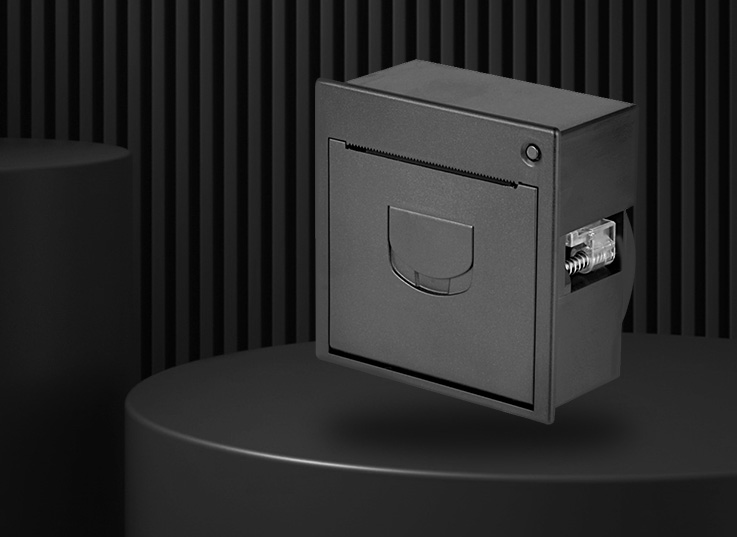
 2022-11-26
2022-11-26 2025-09-01
2025-09-01Replacing printer accessories is a common maintenance task that ensures optimal printer performance and extends its lifespan. This tutorial covers the step-by-step process for replacing common printer accessories, including toner cartridges, ink cartridges, fuser units, rollers, and paper trays, wit
 2025-08-28
2025-08-28Hospital medical record barcode printers play a pivotal role in modern healthcare facilities, revolutionizing the way patient information is managed and accessed. These printers are designed to produce high - quality, durable barcodes that are affixed to medical records, patient wristbands, and vari
 2025-08-27
2025-08-27Electronic device label printer systems are integrated solutions designed to produce precise, durable labels for electronic components, circuit boards, and finished devices. These systems combine hardware, software, and materials to meet the stringent requirements of the electronics industry, where
 2025-08-26
2025-08-26The Electronic Component Label Printer is a high-precision printing device tailored to meet the unique labeling needs of the electronics industry, where small, delicate components (such as resistors, capacitors, integrated circuits, diodes, and sensors) require accurate, durable, and traceable label
 2025-08-25
2025-08-25The smart lock QR code label printer is a specialized device designed to produce high - precision, durable QR code labels specifically for smart lock systems. These labels play a crucial role in enhancing the security and convenience of smart locks, as they allow for quick and secure access authoriz
 2025-08-22
2025-08-22In the cosmetics industry, printing equipment plays a pivotal role in ensuring product information is clearly, accurately, and attractively presented on packaging. Given the nature of the industry where appearance and brand image are of utmost importance, the printing solutions need to be not only f